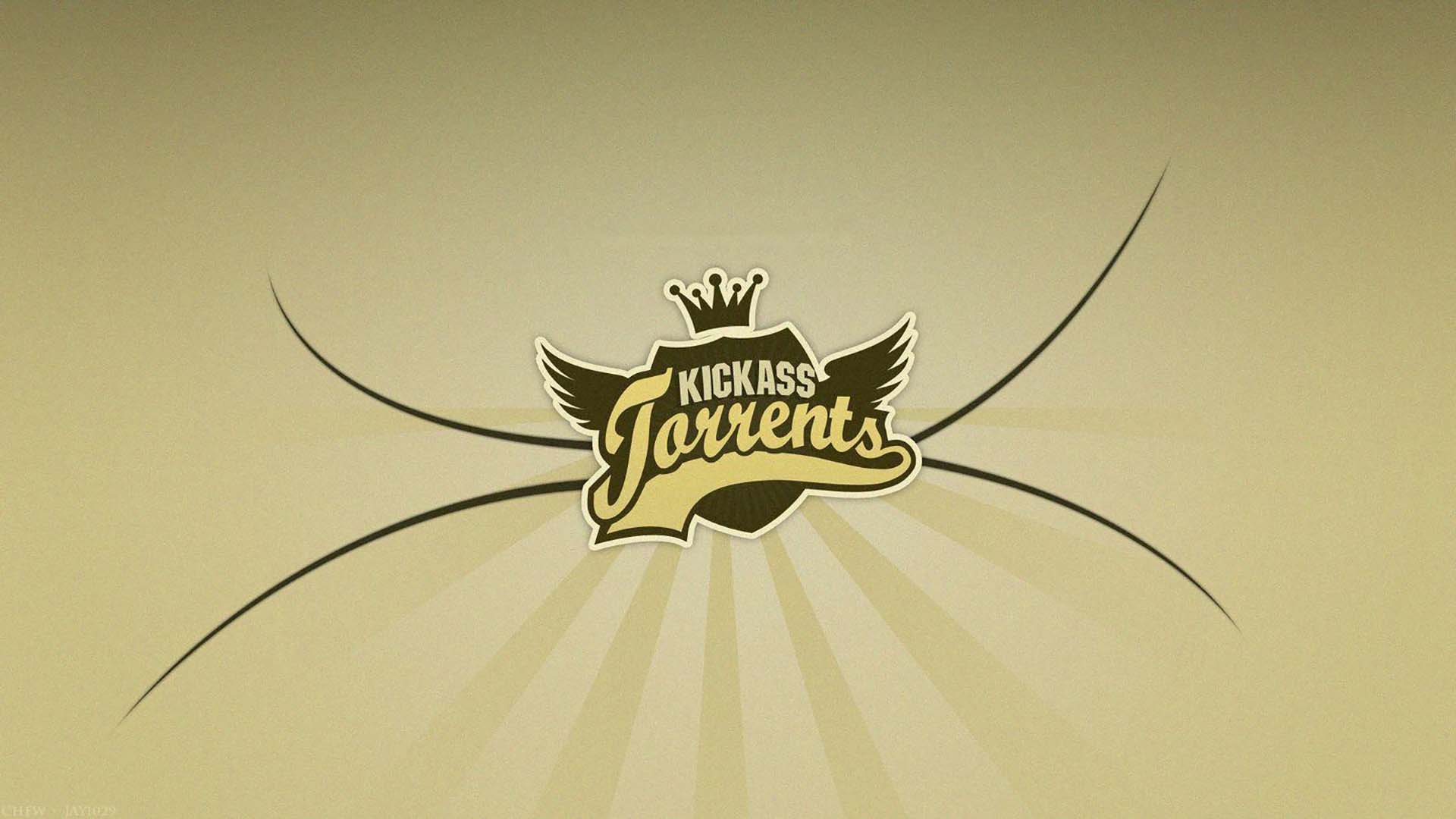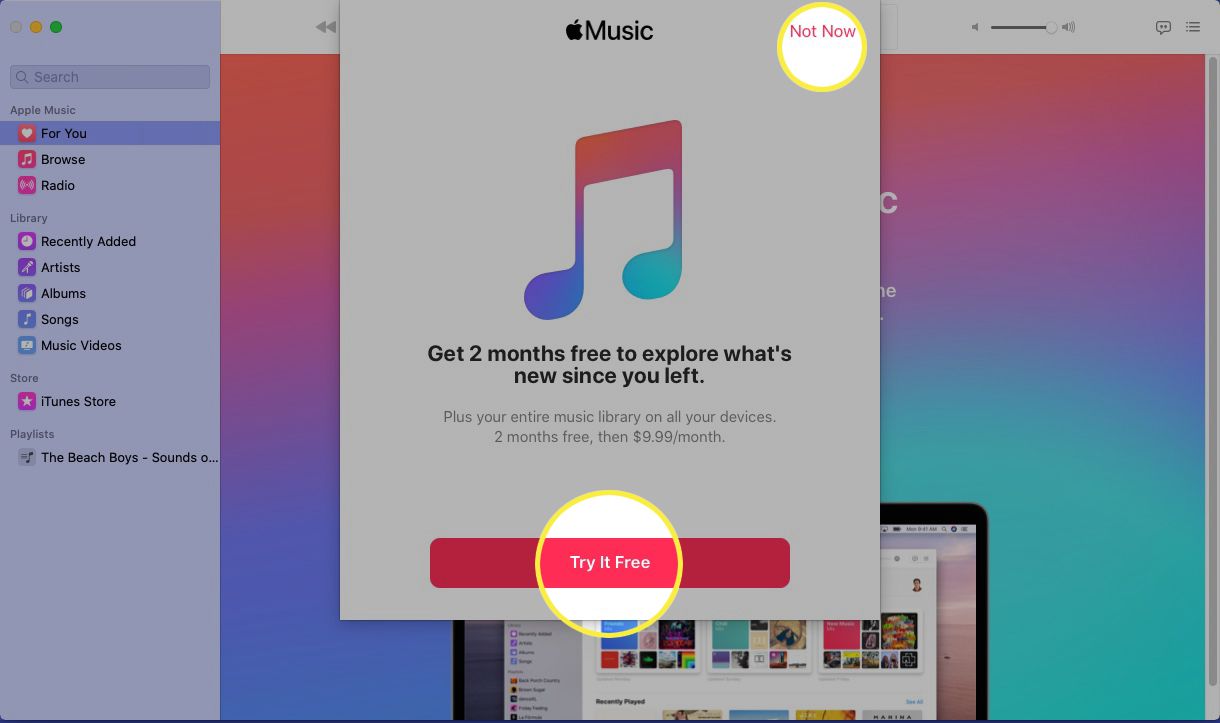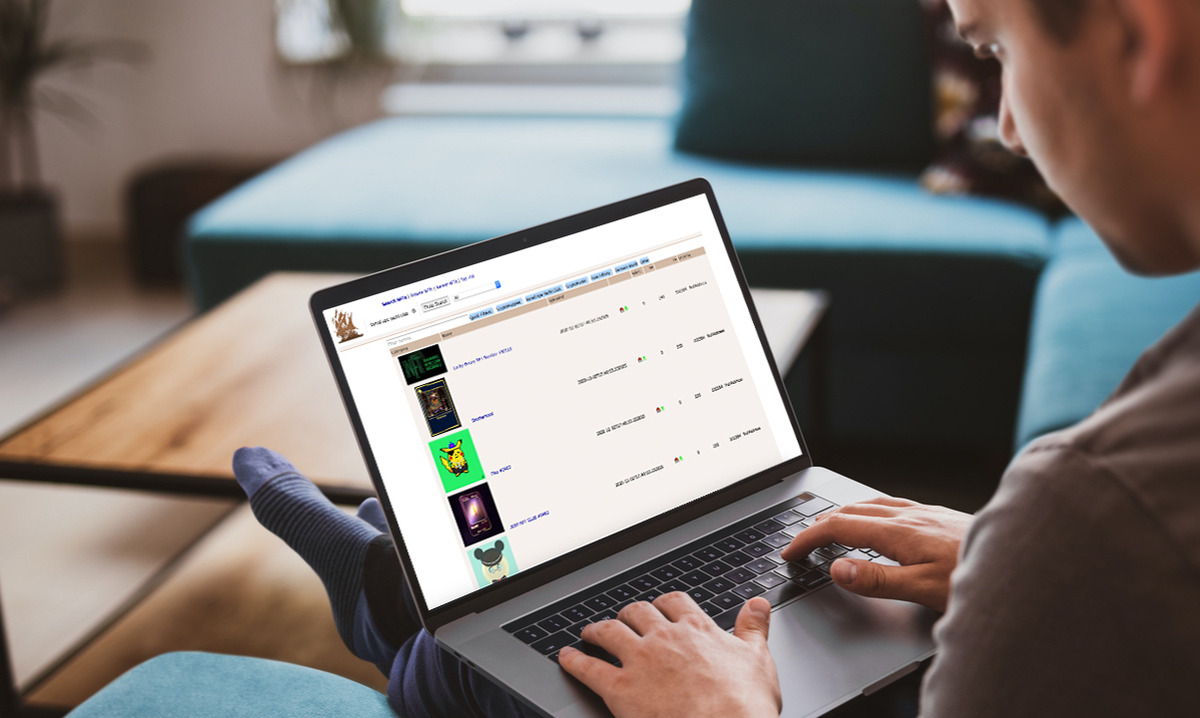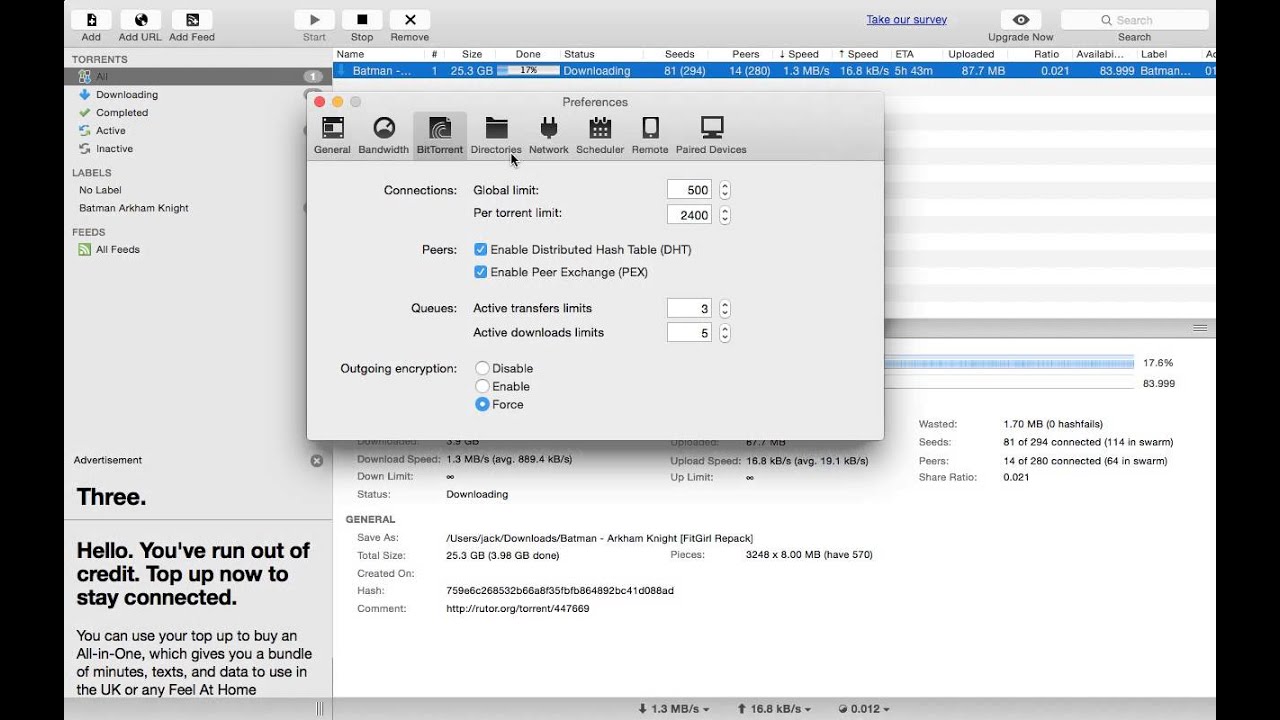Introduction
Torrents have become a popular way to download files, whether it’s the latest movie, TV show, music album, or software. However, manually searching and downloading torrents can be time-consuming and tedious. That’s where automatic torrent downloading comes in handy. With the right tools and settings, you can automate the entire process from finding the torrents to downloading them.
In this article, we will guide you through the steps to automatically download torrents and make your life easier. We’ll cover everything from choosing the right torrent client to keeping your downloads organized. By the end, you’ll be able to set up a seamless and hassle-free system for downloading your favorite content.
Before we dive into the steps, it’s important to note that downloading torrents may be subject to copyright laws in your country. It is important to respect intellectual property rights and only download and share files that you have the legal right to access. Additionally, always use a virtual private network (VPN) to protect your privacy and ensure anonymity while torrenting.
So, if you’re ready to streamline your torrenting experience, let’s get started with the first step – choosing the right torrent client.
Step 1: Choose the right torrent client
The first essential step in automating your torrent downloads is selecting the right torrent client. A torrent client is a software application that enables you to download and manage torrents.
There are several popular torrent clients available, each with its own set of features and user interface. Some of the most widely used torrent clients include uTorrent, BitTorrent, Deluge, qBittorrent, and Transmission. When deciding which one to choose, consider factors such as speed, reliability, ease of use, and compatibility with your operating system.
If you’re using a Windows operating system, uTorrent and BitTorrent are two popular choices known for their user-friendly interfaces and efficient downloading capabilities. Mac users, on the other hand, might prefer applications such as Deluge or Transmission, which are compatible with macOS.
When selecting a torrent client, make sure it supports automatic downloading and has the ability to manage your downloads effectively. Look for features like scheduling, prioritization, and the ability to add RSS feeds for automatic download updates.
Once you’ve made your decision, go ahead and download and install your chosen torrent client. Follow the installation instructions provided by the client’s website, and ensure that you download it from a reliable source to avoid any potential security risks.
After the installation is complete, launch your torrent client and familiarize yourself with its interface. Take some time to explore the various settings and customization options available. This will help you tailor the client to your preferences and optimize it for automatic downloading.
Now that you have your torrent client set up and ready to go, it’s time to move on to the next step: finding a reliable torrent website.
Step 2: Find a reliable torrent website
Once you have your torrent client installed and configured, the next step is to find a reliable torrent website. These websites act as search engines for torrents, allowing you to discover and download the content you’re looking for.
It’s important to note that not all torrent websites are trustworthy and safe. Some sites may contain malware or provide low-quality torrents. To ensure a secure and reliable experience, here are some key considerations when choosing a torrent website:
- Reputation: Look for well-established and reputable torrent websites that have been around for a while. These sites tend to have a large user base and offer a wide selection of torrents.
- User Reviews: Check for user reviews and ratings of the website to get an idea of its reliability and the quality of its torrents. Online forums and communities dedicated to torrenting can be great resources for finding trusted websites.
- Community and Seeders: The number of seeders (users who have completed downloading the torrent and are now sharing it) is a good indication of the quality and availability of the file. Opt for websites with an active community and a high number of seeders for faster and more reliable downloads.
- Verified Content: Some torrent websites have a verification process to ensure that the torrents they host are legitimate and free from viruses. Look for websites that offer verified or trusted symbols for added peace of mind.
Some popular torrent websites that meet these criteria include The Pirate Bay, 1337x, RARBG, and Torrentz2. However, keep in mind that the availability and accessibility of these sites may vary depending on your location and internet service provider restrictions.
Once you’ve identified a reliable torrent website, use the search function to find the desired content. Most torrent websites categorize content into sections such as movies, TV shows, music, games, and software, making it easier to navigate and locate what you’re looking for.
Take a moment to read the description and user comments for the torrent you intend to download. This will give you insights into the quality of the file, the presence of any viruses or malware, and user experiences. It’s best to choose torrents with a higher number of seeders and positive user feedback to ensure a smoother downloading process.
Now that you know how to find a reliable torrent website, let’s move on to the next step – installing a VPN for enhanced privacy and security.
Step 3: Install a VPN for anonymity
When engaging in torrenting activities, it is essential to prioritize your online privacy and security. One effective way to achieve this is by using a Virtual Private Network (VPN). A VPN encrypts your internet connection and routes it through a server, ensuring that your online activities remain private and anonymous.
Installing a VPN is a straightforward process that typically involves these steps:
- Research and choose a reliable VPN provider: Look for a VPN service that offers strong encryption, a wide range of server locations, and a no-logs policy. Popular VPN providers like NordVPN, ExpressVPN, and CyberGhost are known for their security features and user-friendly interfaces.
- Subscribe to a plan: Select a suitable subscription plan based on your needs and budget. Most VPN providers offer monthly, yearly, or multi-year plans. Keep in mind that longer-term plans often offer better value for money.
- Download and install the VPN client: Once you have subscribed to a VPN service, download the client software from the provider’s website. The software is usually available for various operating systems, including Windows, macOS, iOS, and Android.
- Launch the VPN client and log in: After the installation is complete, launch the VPN client and log in using your credentials. Some VPNs may require additional configuration, such as choosing a server location or enabling specific features.
- Select a server location: Choose a server location from the available options provided by the VPN client. For optimal security and anonymity, it is recommended to select a server location in a different country than your own.
- Connect to the VPN server: Once you have selected a server location, click on the “Connect” button to establish a secure connection. Most VPN clients display a notification or a green indicator when the connection is established successfully.
Once you’re connected to the VPN, all your internet traffic will be encrypted and routed through the VPN server. This ensures that your real IP address is masked, making it difficult for anyone to track or trace your online activities, including torrent downloads.
Using a VPN while torrenting is especially important because it shields you from potential legal repercussions and protects your privacy from prying eyes, such as your internet service provider (ISP) or copyright enforcement agencies.
With your VPN installed and active, you can now proceed to the next step of the process – configuring your torrent client for seamless automatic downloads.
Step 4: Configure your torrent client
Now that you have chosen a reliable torrent client and installed a VPN for enhanced privacy, it’s time to configure your torrent client to ensure optimal performance and automate the downloading process.
Here are some important settings to consider when configuring your torrent client:
- Bandwidth settings: Adjust the upload and download bandwidth limits based on your internet connection. It’s essential to find the right balance to ensure smooth downloads without affecting other online activities.
- Download location: Specify the folder or directory where you want your downloaded files to be saved. Keeping your downloads organized will make it easier to manage and access your files later.
- Automatic start: Enable the option for your torrent client to automatically start and begin downloading new torrents as soon as the client is launched.
- Encryption: Enable encryption in your torrent client’s settings to ensure that your downloads and uploads are encrypted, providing an additional layer of security.
- Scheduling: Many torrent clients offer scheduling options, allowing you to set specific days and times for automatic downloads. This feature can be useful if you have limited bandwidth during certain periods or if you want to avoid peak traffic times.
- RSS feeds: If your torrent client supports it, set up RSS feeds for your favorite torrent websites or specific categories. RSS feeds notify your client of new torrents that match your preferences, making it easier to automate the download process.
- Seeding preferences: Decide whether you want to continue seeding (uploading) torrents after they have finished downloading. Consider your internet bandwidth and personal preferences when adjusting seeding settings.
Remember to save your changes after configuring each setting. It’s a good idea to review all the options available in your torrent client’s settings to customize it according to your preferences and requirements.
Additionally, periodically check for updates to your torrent client and install them to ensure you have the latest features and bug fixes. Most torrent clients have an auto-update feature that can be enabled to simplify this process.
With your torrent client properly configured, you are now ready to move on to the next step – setting up automatic downloading for a seamless torrenting experience.
Step 5: Set up automatic downloading
Setting up automatic downloading is the key to streamlining your torrenting experience and ensuring that you never miss out on your favorite content. With the right settings in place, your torrent client will automatically download new torrents based on your preferences.
Here are the steps to set up automatic downloading:
- Adding RSS feeds: If your torrent client supports RSS feeds, add the feeds from your preferred torrent websites or specific categories. RSS feeds provide a constant stream of new torrents that match your chosen criteria.
- Filtering options: Configure filtering options within your torrent client to automatically select and download specific torrents based on keywords, file size, file type, or other criteria. Filtering helps ensure that only the content you’re interested in is automatically downloaded.
- Scheduling downloads: Utilize the scheduling options in your torrent client to specify when automatic downloads should occur. For example, you can set downloads to happen overnight when internet usage is lower or during specific times when you have unlimited bandwidth.
- Download limits: Set maximum download and upload limits to control the bandwidth usage of your torrent client. This is particularly useful if you want to ensure other online activities are not affected when automatic downloads are in progress.
- Notification preferences: Configure notification settings to receive alerts or notifications when new torrents are downloaded, completed, or when errors occur. This will help you stay informed about the status of your downloads without constantly checking your torrent client.
As you set up these automatic downloading features, remember to periodically review and update your filters, RSS feeds, and scheduling options based on your changing preferences or the availability of new content.
It’s worth noting that automatic downloading does not mean you can disregard the importance of reviewing the details and comments for each torrent. It is still recommended to check the information provided by other users to ensure the quality and safety of the files you are downloading.
By implementing these settings and preferences, you can relax and let your torrent client automatically handle the downloading process, saving you time and effort.
Now that you have successfully set up automatic downloading, the next step is to ensure that your downloaded files are well-organized for easy access and management.
Step 6: Keep your downloads organized
Keeping your downloaded files organized is essential for easy access and efficient management of your torrented content. Without proper organization, finding and managing files can become a daunting task. Here are some tips to help you keep your downloads organized:
- Create a dedicated folder: Set up a specific folder on your computer where all your downloaded files will be saved. This will serve as your central location for organizing and accessing your torrents.
- Organize by category: Within your dedicated folder, create subfolders for different categories of content, such as movies, TV shows, music, software, or games. You can further categorize them by genres or artists to make it even easier to find what you’re looking for.
- Use consistent naming conventions: Develop a naming convention for your files that makes sense to you. Include relevant information such as the name of the movie, TV show, or album, along with the release year. This will help you quickly identify and locate files without confusion.
- Tag files for easy searching: Some operating systems allow you to add tags to files, making them searchable based on specific criteria. Consider adding tags such as the genre, actors, or artists to your files to enhance the searchability of your torrented content.
- Regularly clean out unneeded files: Periodically review your downloaded files and remove any duplicates, incomplete downloads, or files that are no longer needed. This will help conserve storage space and keep your collection organized.
- Backup your files: To safeguard against data loss, consider implementing a backup strategy for your downloaded files. You can use external hard drives, cloud storage services, or network-attached storage (NAS) devices to create backups and ensure your content is protected.
By keeping your downloads organized, you will be able to easily locate and enjoy your torrented content whenever you want. Take some time to establish a system that works best for you, and be consistent in applying it to all your downloaded files.
Now that you have successfully organized your downloaded files, you are ready to enjoy a hassle-free torrenting experience. However, there are still a few additional tips and considerations to keep in mind to ensure optimal torrenting practices.
Step 7: Enjoy hassle-free torrenting
After following the previous steps and setting up your torrent client, VPN, automatic downloading, and organizing your files, it’s time to sit back, relax, and enjoy a hassle-free torrenting experience. Here are some additional tips to help you maximize your torrenting experience:
- Maintain a healthy ratio: If you’re a member of private torrent trackers, it’s important to contribute by maintaining a good upload-to-download ratio. Seeding (uploading) the files you’ve downloaded helps other users and ensures the longevity of the torrenting community.
- Read user comments and ratings: Before downloading a torrent, take a moment to read the comments and ratings left by other users. This will provide insights on the quality, authenticity, and potential issues associated with the file.
- Stay updated with new releases: Keep an eye on torrent forums, blog posts, and social media pages dedicated to sharing torrent-related news. This will help you stay informed about the latest releases, updates, and changes in the torrenting landscape.
- Conserve bandwidth: If you have limited bandwidth or are experiencing slow internet speeds, adjust your torrent client’s settings to limit the upload and download speeds. This ensures that your torrents won’t hog all the available bandwidth, allowing for smoother browsing and other online activities.
- Regularly scan for viruses and malware: Before opening or executing any downloaded files, run an antivirus scan to detect and eliminate any potential threats. This helps protect your computer from malicious or infected files that may have been unintentionally downloaded.
- Respect intellectual property rights: It’s crucial to use torrents responsibly and respect intellectual property laws. Only download and share files for which you have the legal copyright or distribution rights. Support content creators by purchasing their work whenever possible.
By following these tips, you can enjoy a smooth and hassle-free torrenting experience while protecting your privacy and respecting copyright laws.
Remember, torrenting carries inherent risks, and it is your responsibility to ensure that you are torrenting legally and responsibly. Be cautious when downloading files, especially those that claim to be copyrighted material.
Now that you have all the tools and knowledge to automate your torrent downloads, find reliable websites, maintain your privacy, and keep your files organized, you’re ready to embark on a seamless and enjoyable torrenting journey. Happy downloading!

























